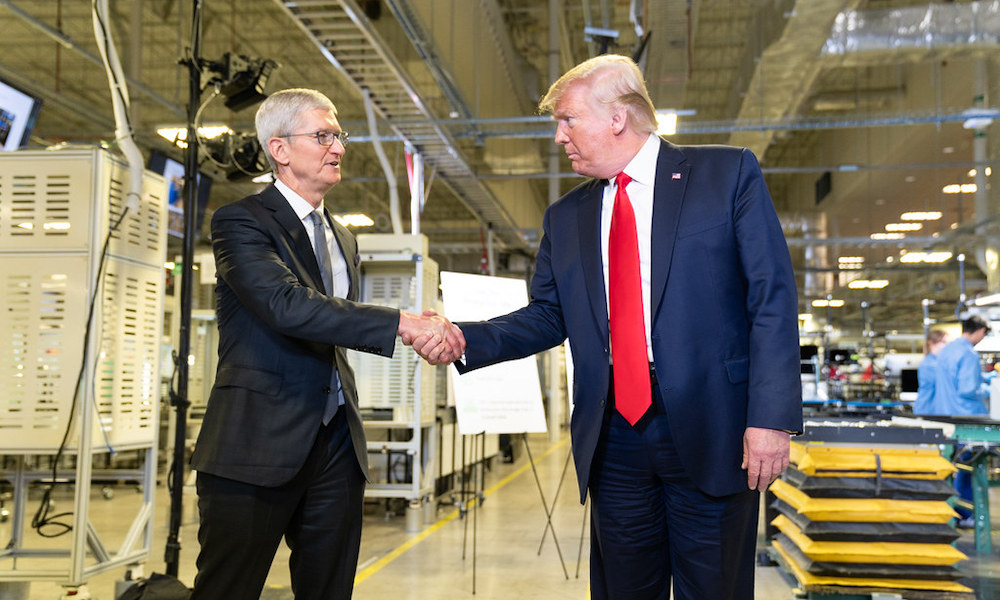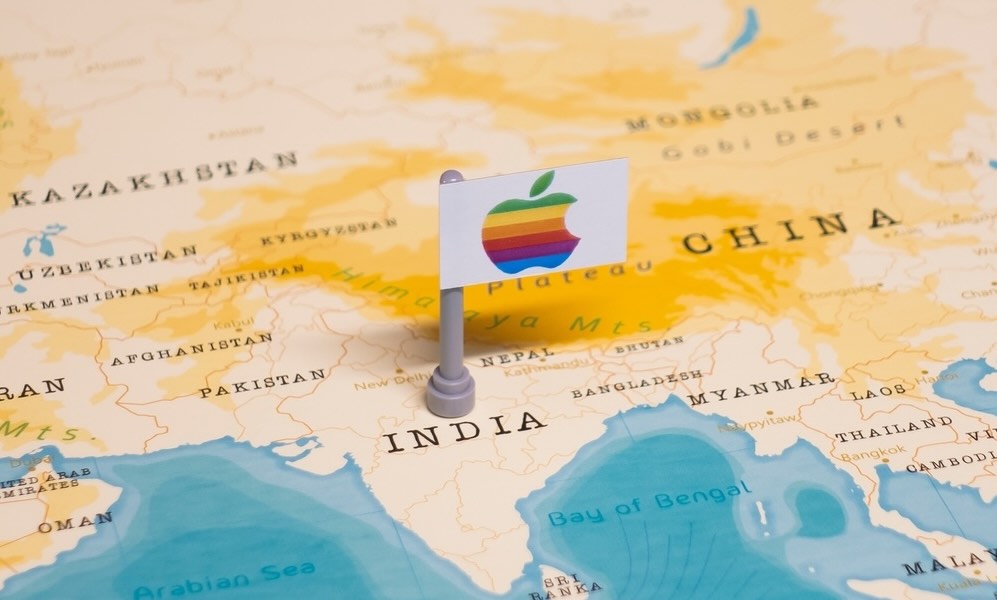‘Made in India?’ | Apple Eyes Moving US iPhone Production Out of China
 Gorodenkoff / Shutterstock
Gorodenkoff / Shutterstock
Toggle Dark Mode
Apple may be off the hook on iPhone tariffs for now, but that situation is unlikely to last, given the mercurial Trump administration and its fondness for tariffs. So, it’s not surprising that the company is actively working on a plan to avoid — or at least minimize — the worst of these.
While Apple CEO Tim Cook’s “very good relationship” with President Trump has reportedly been a boon in getting Apple’s product categories exempted from the staggering 145% retaliatory tariffs the White House has levied against Chinese imports, that’s likely to be a temporary reprieve, at best.
President Trump explicitly said, “I helped Tim Cook recently” when his administration excluded technology products from its China tariffs, but he also said that’s because companies like Apple “need a little bit of time.” Trump firmly believes Apple can and should build iPhones in the United States but presumably recognizes that can’t happen overnight (although many analysts dispute whether it can happen economically).
Meanwhile, Commerce Secretary Howard Lutnick made it clear that these are not “exemptions” but rather a “recalibration” of tariffs that will move consumer electronics into a different “bucket.” Tariffs on iPhone imports from China will return; it’s only a matter of when and how much they’ll be.
However, Apple isn’t about to sit around and see what happens. While most of its products are still manufactured and assembled in China, it has production facilities elsewhere, including Brazil, India, and Vietnam. There’s speculation that Brazil could be Apple’s ace in the hole since that country has avoided any significant tariff levies from the Trump administration. Apple currently manufactures a small number of iPhones in Brazil for the local market, as that country’s import tariffs make it more cost-effective. Whether it’s ready to ramp that up to meet US customer demand is another matter.
India seems far better positioned to pick up the load from China, at least for US customers. The Trump administration initially levied a 26% tariff on India during its round of global “reciprocal” tariffs, but it’s since dropped that to the same 10% it’s charging every other country — except China.
According to the Financial Times, Apple is already making plans to produce more iPhones in India as soon as next year. It’s too late in the iPhone 17 development cycle to retool things, but versions of the iPhone 18 sold in the US may end up carrying a “Made in India” label instead of the more traditional China one.
Apple sells an estimated 60 million iPhones or more in the US each year, far more than Foxconn’s India-based iPhone plants are equipped to handle right now. That means it will need to invest substantial coin to increase its iPhone output from those plants next year, with a goal of doubling what it’s been producing so far.
Apple has been trying to diversify its supply chain since at least 2019, but that’s not as easy as it sounds. In addition to the logistics of setting up new iPhone manufacturing facilities, the company has also faced resistance from Beijing, which naturally prefers that Apple keep most of its production in China. In years past, it’s been easier for Apple to just go with the flow, but that was before the Trump administration threatened to bump iPhone prices into the stratosphere with its intense tariffs on China.
Like nearly every other country, India is in the midst of a 90-day reprieve from the US tariffs, so the 26% could go back into effect. That’s still lower than what Apple would likely face from China when the dust settles, but it helps that India is participating in bilateral trade discussions with the US that could see tariffs on products from that country lowered or removed entirely. While visiting India this week, vice-president JD Vance reported that the two countries were making “very good progress.”
Depending on how strongly he feels about iPhones being made in the US, Trump could target India for higher tariffs as a direct result of Apple shifting production there.
Apple sells well over 200 million iPhones a year. It’s already a tall order to increase India’s iPhone output to reach US demand levels, which would see India producing around 100–120 million iPhones. Apple will likely still rely on China to manufacture iPhones for other global markets where tariffs aren’t an issue.









